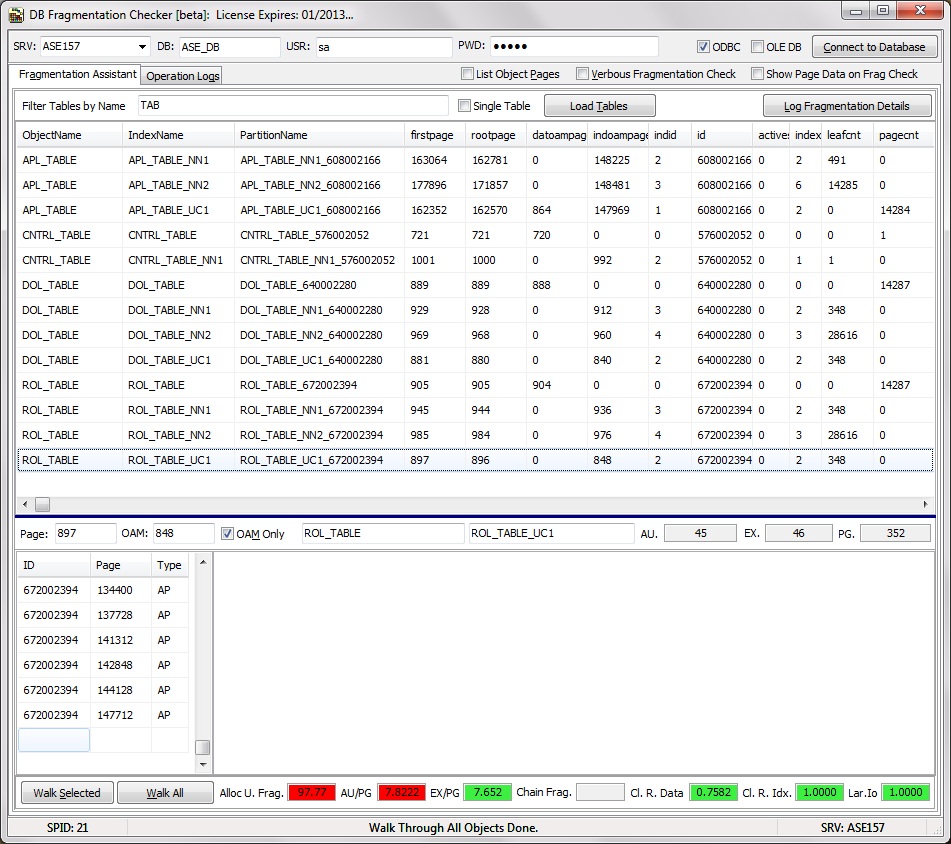Sybase Sql Advantage 12.5


Contents • • • • • • • • • • • Subsidiaries [ ] • Sybase 365 • History [ ] Timeline [ ] • 1984: Mark Hoffman, of, Jane Doughty, and Tom Haggin founded Sybase (initially as System ware) in Epstein’s home in Berkeley, California. Their first commercial location was half of an office suite on Dwight Avenue in Berkeley.
SQL Advantage is no longer supported with ASE 15. Miktex 2.7 Rapidshare. x But you can probably still run it if you set your environment to 12.5 (it works for me). Put all the environment.
They set out to create a (RDBMS) that would organize information and make it available to computers within a network. • March 1986: Sybase enters into talks with Microsoft to license Data Server, a database product built to run on computers. Those talks led to a product called Ashton-Tate/Microsoft SQL Server 1.0, which shipped in May 1989. • 1986: Sybase ships its first test programs.
• 1987: Sybase formally releases the Sybase system, the first high-performance DBMS for online applications [ ] providing the with licenses for the first generation of client-server relational databases. Rather than having a vast central bank of data stored in a large mainframe computer, the Sybase System provided for a. Base called the database server '. • 1988: Sybase,, and port the Sybase DBMS to the platform. Microsoft markets the new product as.
The terms of the agreement give Microsoft a sole license to products on the Intel x86 platform. Ashton-Tate soon drops out. • October 1989: Sybase releases additional products, introducing the Sybase Open Client-Server Interfaces—new software programs that provided generic client-server communication, allowing for greater connectivity within computer networks. Two phase commit protocols were included as part of Sybase SQL Server 3.0 as were stored procedures and triggers • 1989: Sybase achieves sales of $56 million. • August 1991: Sybase goes public at a split adjusted price of $4.40. Sybase SQL server 4.0, and later 4.8 (the first smp server) and 4.9.1, all outperformed competitors by significant margins in standard benchmarks.
• 1993: Sybase and Microsoft dissolve their partnership. Microsoft got a copy of the SQL Server code base. In exchange Sybase were free to deploy on the platform which had now become the chip of choice for Unix. Sybase SQL Server version 4.2 and Microsoft SQL Server are identical. Their (T-SQL) procedural language is the same, as is the basic process architecture. From this point there was divergence as Microsoft included more Windows features whilst Sybase added Enterprise features (performance and scaling). • April 1993: Sybase introduced the first component of System 10, called OmniSQL Gateway.
This program connected the various parts of a computer network, enabling users to access changes made within the network. • June 1993: Sybase announces its latest generation of software—named the System 10 product family; this consisted of the Database server, Replication Server for keeping replicate data up-to-date in near real time, and Navigation Server which had been developed in partnership with NCR to do shared nothing parallelisation across large numbers of databases. Backup Server was introduced to do high performance parallel backups and restores. SQL Monitor and SA Companion were provided to manage multiple servers. • 1994: Sybase acquires Powersoft, the leading maker of development tools for client-server computing, with 40 percent of that market. Through the deal, Sybase acquired, a (RAD) tool and Powersoft’s leading product. The acquisition also marked the basis of Sybase’s entry into the enterprise mobility market with SQL, which Sybase renamed.
When Sybase launched its mobility subsidiary, Sybase iAnywhere, in 2000, SQL Anywhere became its flagship relational database management system (RDBMS) and helped the company to become the leader of the mobile database market. Powersoft had acquired Watcom earlier that year. Sybase revenues are over $1bn. • 1994: Sybase acquires Micro Decisionware (MDI), a middleware company. MDI was a privately held company based in Boulder, Colorado, USA. Its first product was PC/SQL-link, a tool that enabled PC users to build SQL statements and send them to mainframe databases, with results returned to the PC.